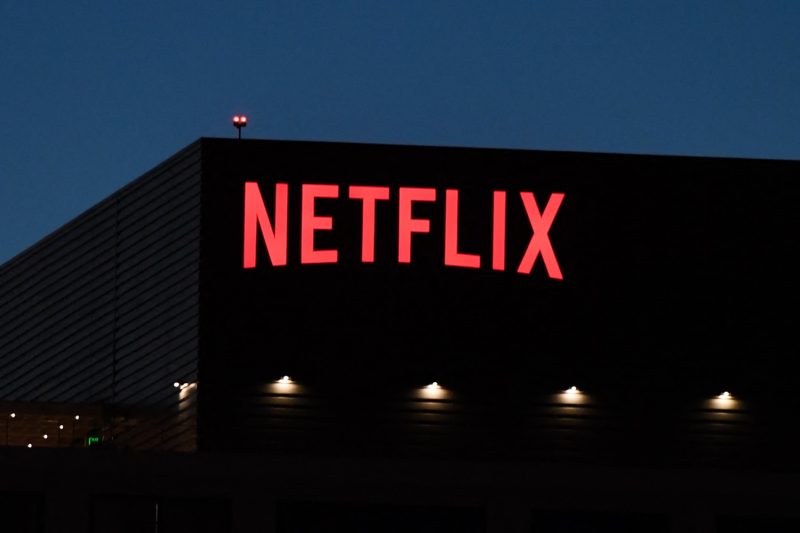The growing shift towards digital streaming services has revolutionized the way people consume entertainment content. Among the key players in the streaming industry, Netflix has established itself as a dominant force, catering to millions of subscribers worldwide. In a bid to further expand its user base and provide more options to viewers, Netflix introduced an ad-supported tier two years ago. This move was aimed at attracting users who may be willing to watch ads in exchange for reduced subscription fees.
Fast forward to the present, and the ad-supported tier has garnered an impressive 70 million monthly users. This milestone indicates the popularity and acceptance of this model among viewers. By opting for the ad-supported tier, users can enjoy a selection of movies and TV shows while watching advertisements at designated intervals. This not only provides a more affordable alternative for budget-conscious viewers but also opens up opportunities for advertisers to reach a massive audience through the platform.
The success of Netflix’s ad-supported tier can be attributed to several factors. Firstly, the platform’s vast library of content, ranging from classic movies to original series, caters to a wide range of preferences and interests. This diverse selection ensures that there is something for everyone, making the ad-supported tier appealing to a broad audience.
Moreover, the seamless integration of advertisements into the viewing experience has been crucial in maintaining user engagement. By strategically placing ads at natural breaks in the content, Netflix has struck a balance between generating revenue from advertisers and providing a non-intrusive viewing experience for subscribers. This approach has helped retain users who value both the content quality and the cost savings offered by the ad-supported tier.
Furthermore, Netflix’s data-driven approach to content recommendations and personalized advertising has enhanced the overall user experience. By leveraging user behavior and preferences, the platform can deliver targeted ads that are relevant to individual viewers. This personalized approach not only benefits advertisers by increasing the effectiveness of their campaigns but also enhances the viewing experience for users, who are more likely to engage with ads that align with their interests.
Looking ahead, the success of Netflix’s ad-supported tier serves as a testament to the evolving landscape of digital streaming services. As competition in the industry intensifies, streaming platforms are continually exploring new models and strategies to differentiate themselves and capture a larger share of the market. The rise of ad-supported tiers presents a compelling alternative for viewers seeking affordable access to premium content, while also creating new opportunities for advertisers to engage with a captive audience.
In conclusion, Netflix’s ad-supported tier achieving 70 million monthly users two years after its launch reflects the growing demand for flexible and cost-effective streaming options. By striking a balance between content quality, user experience, and targeted advertising, Netflix has successfully tapped into a large segment of viewers who value both entertainment and affordability. As the streaming landscape continues to evolve, it is evident that ad-supported tiers will play an increasingly vital role in shaping the future of digital entertainment.

